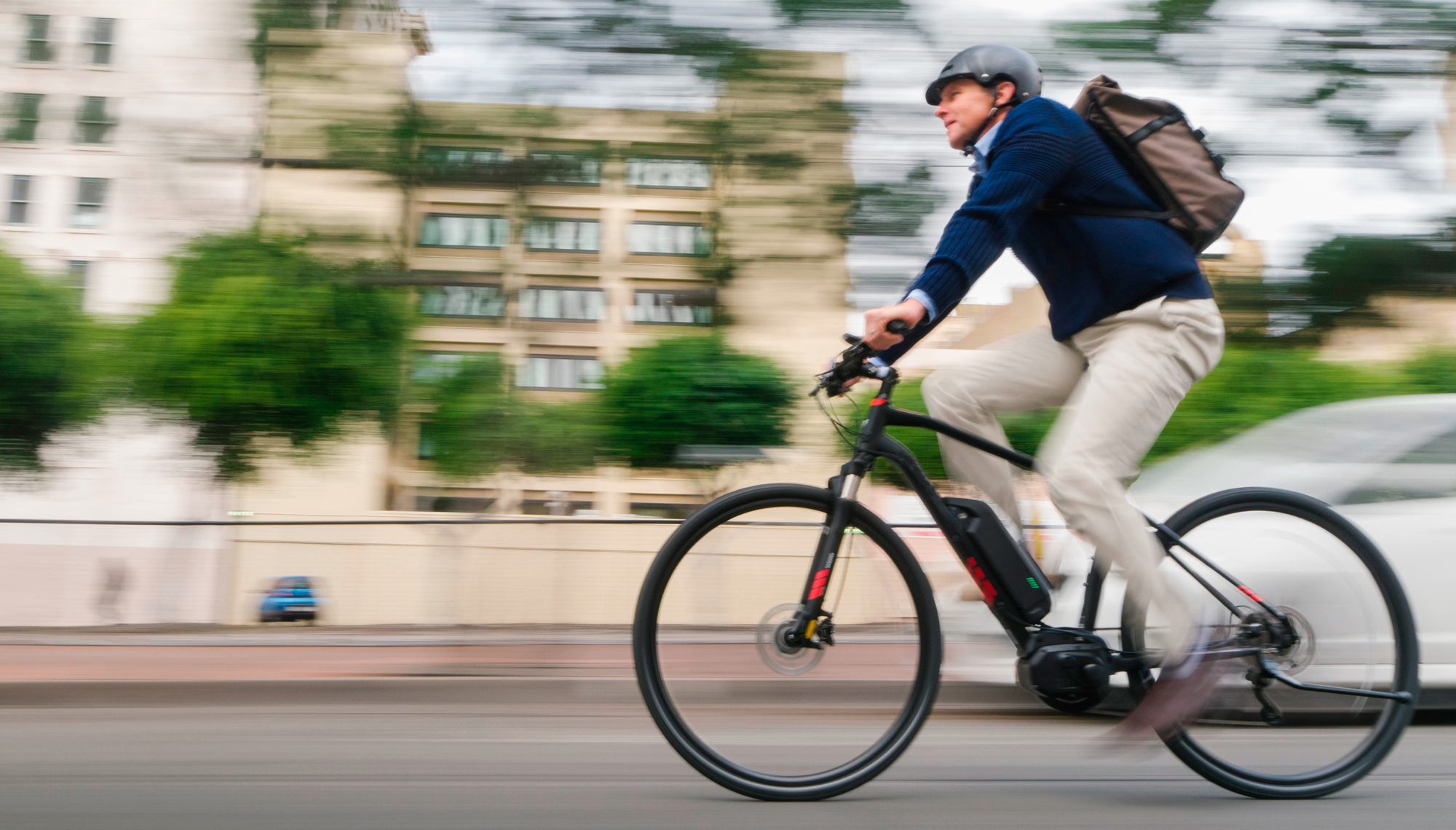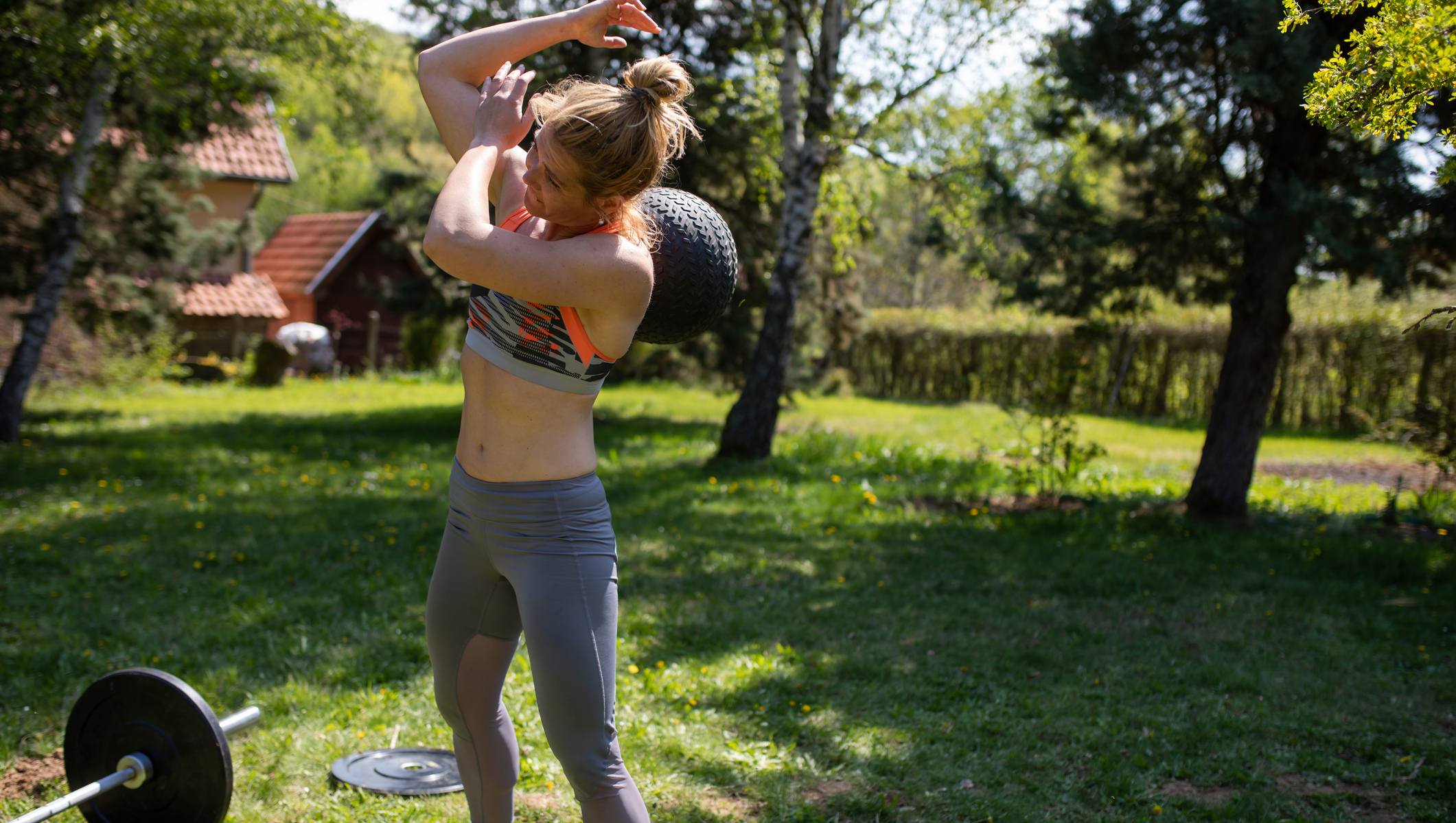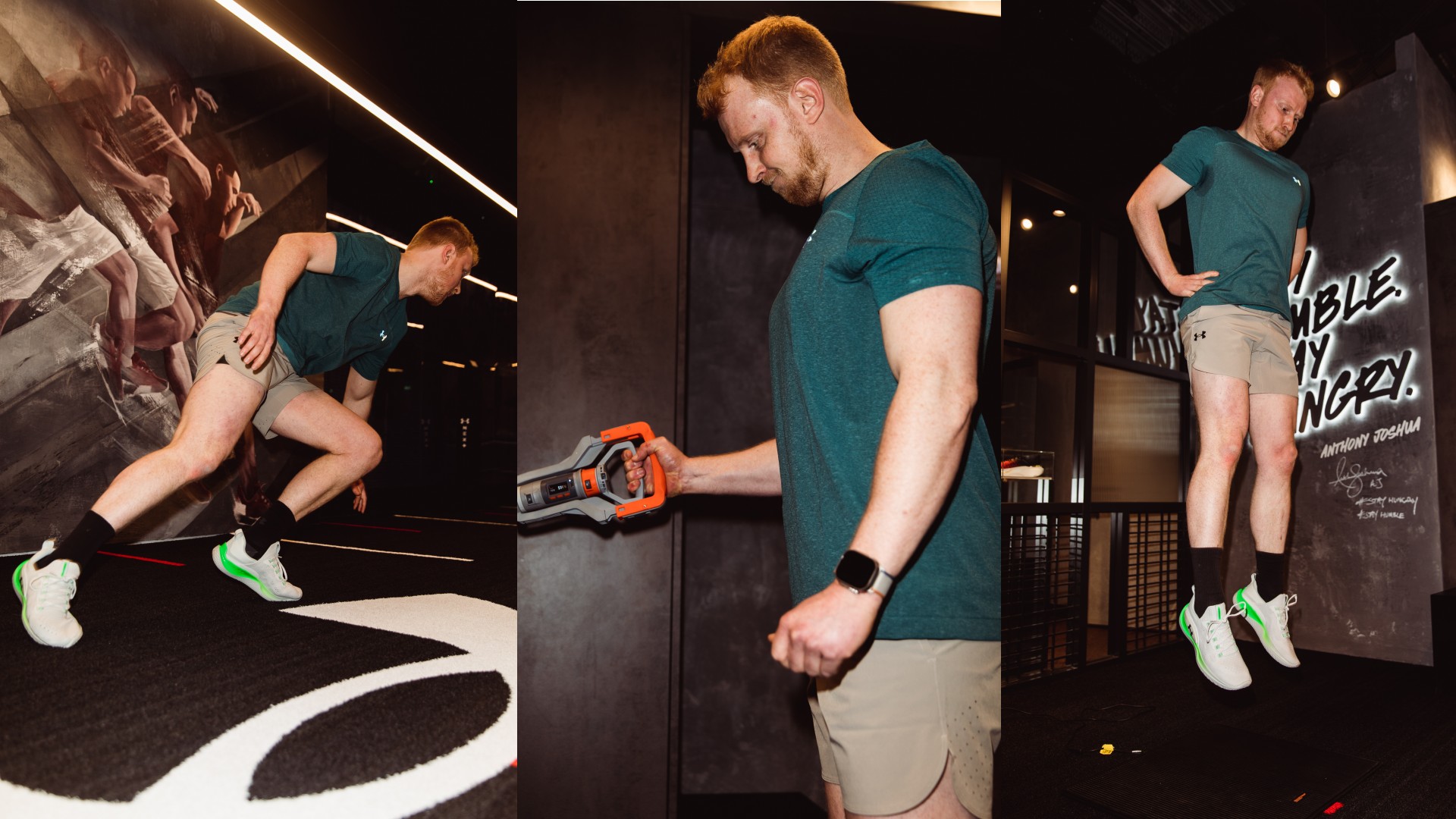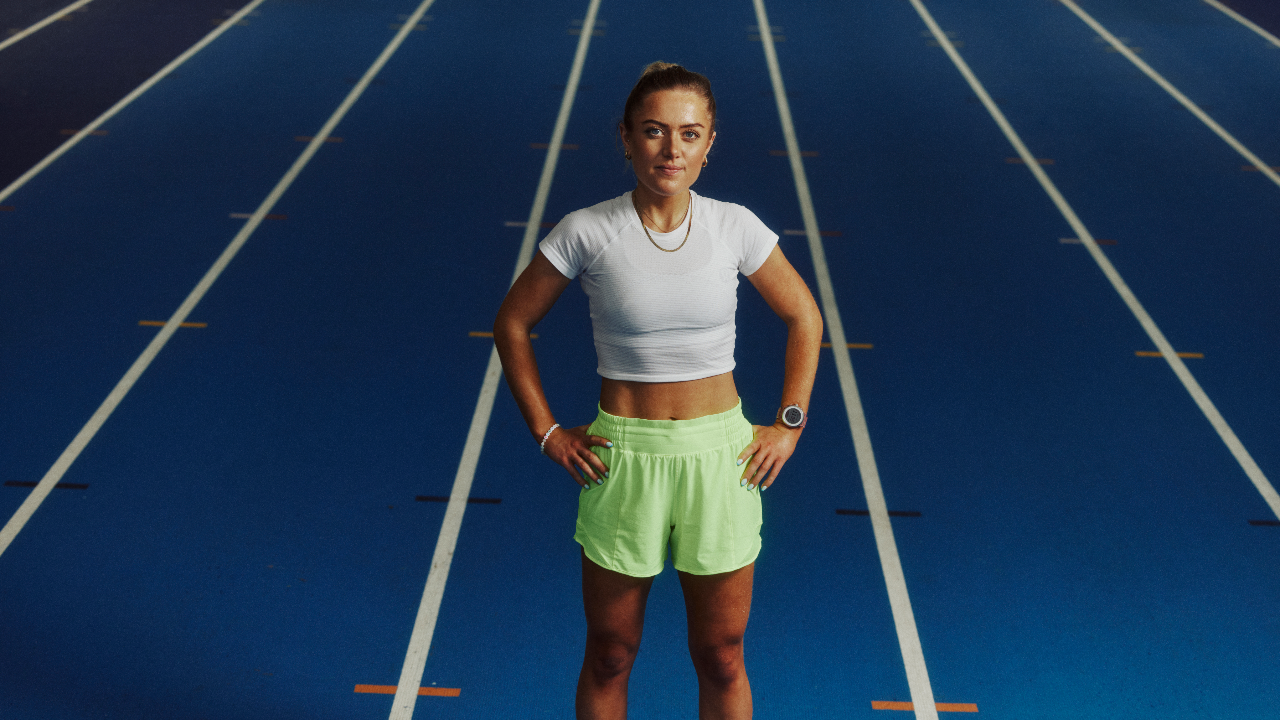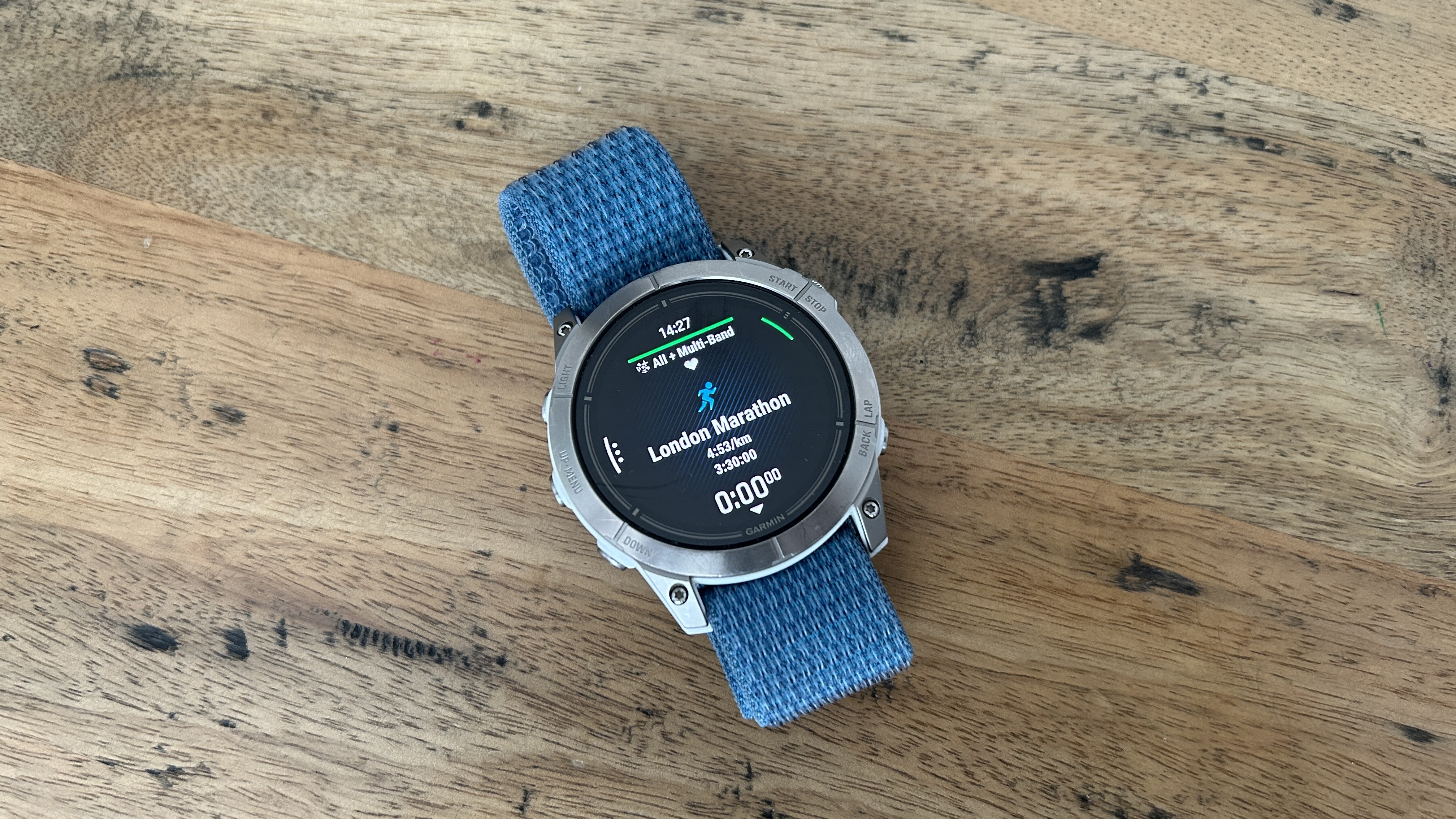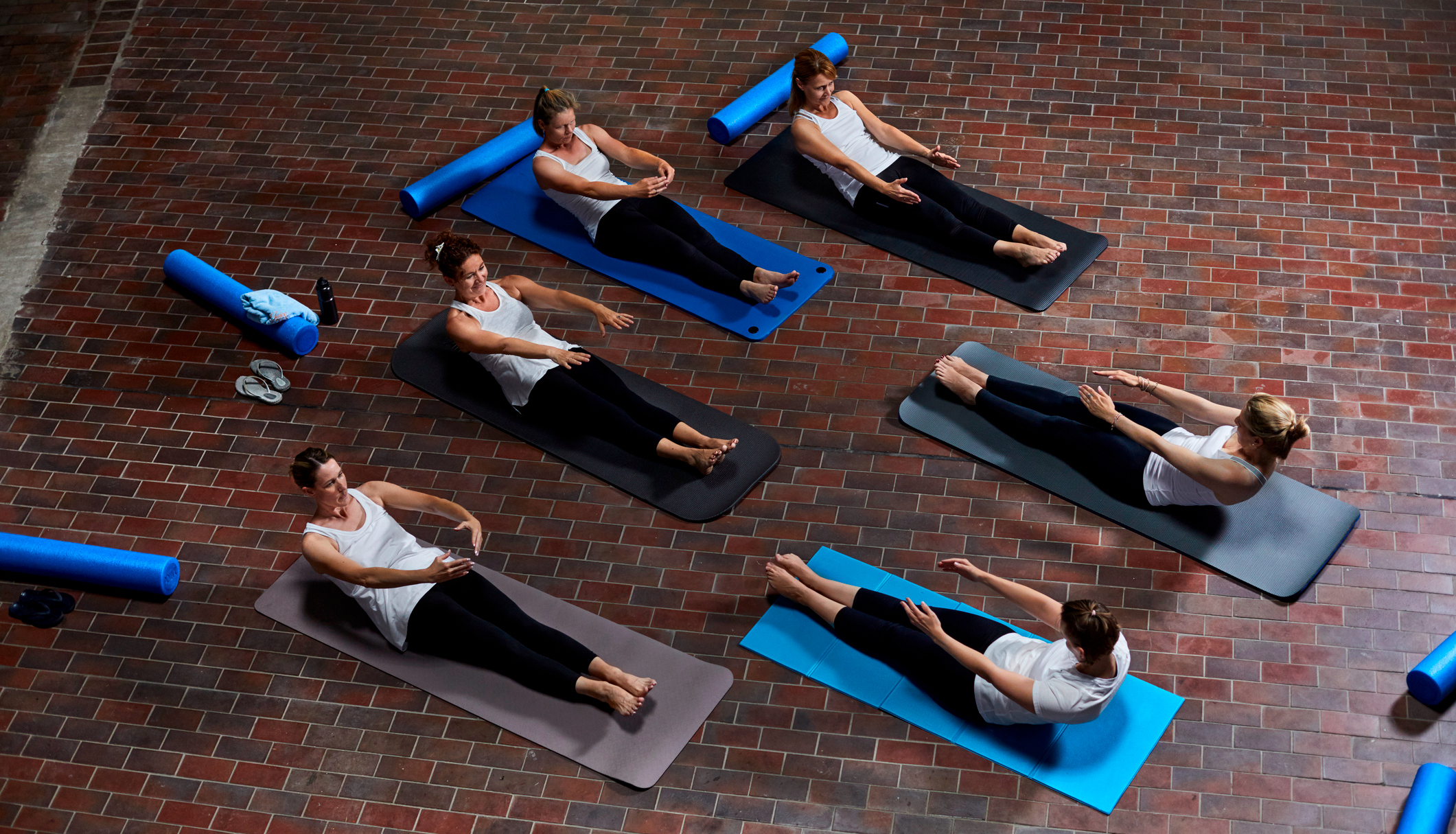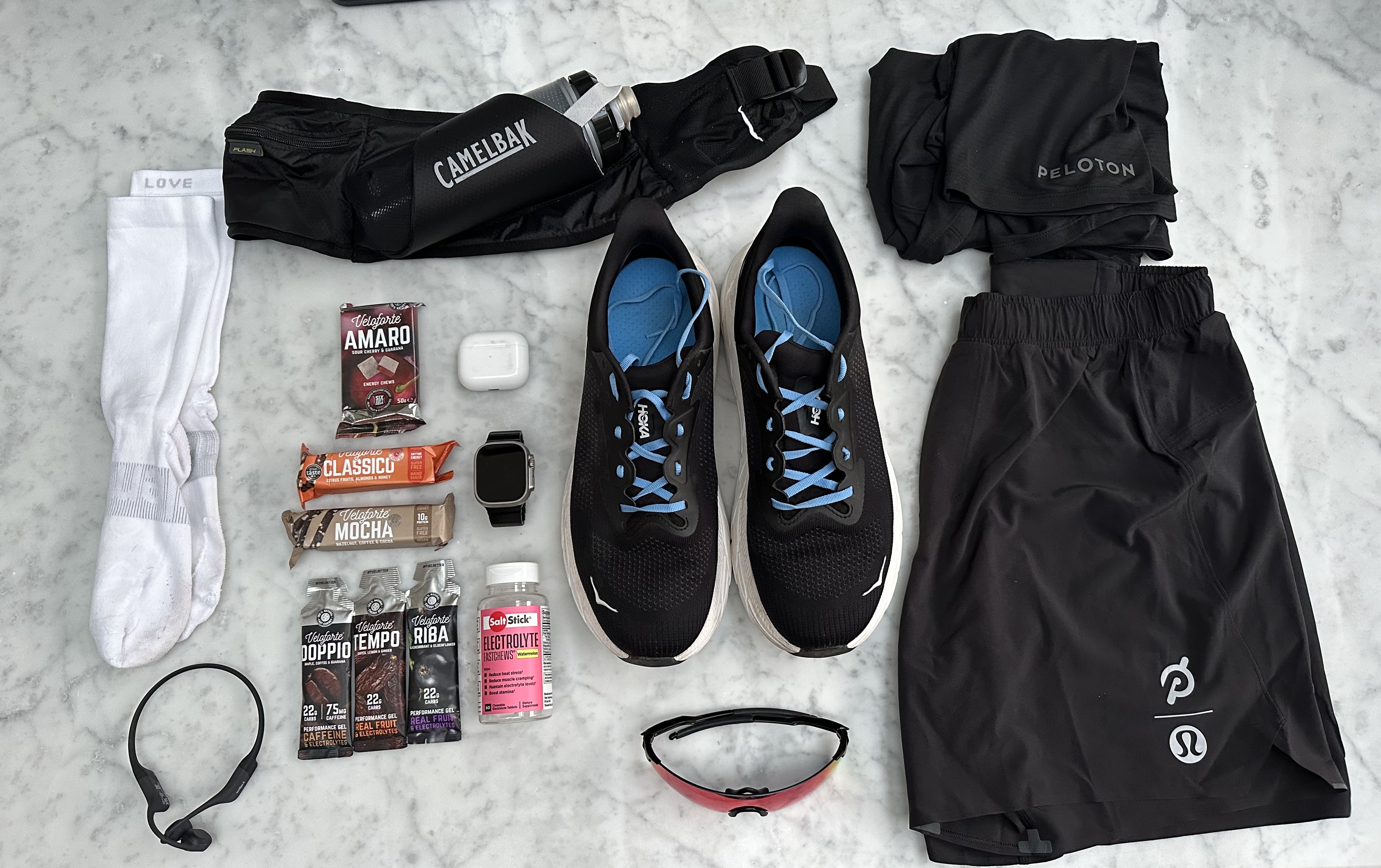Fitbit’s New Female Health Tracking Features Explained
Why you might want to log details of your menstrual cycle with Fitbit
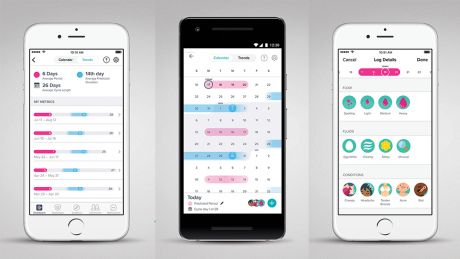
When Fitbit announced its newest smartwatch, the Versa, in March it also revealed that it was adding Female Health Tracking to its app some time in May, and integrating it into the Versa and Ionic. Since this is a first for fitness trackers, as far as we know, we wanted to find out more.
At its most basic, the feature allows women to input information about their periods and symptoms and the feature will then predict when stages of the menstrual cycle will occur and send push notifications as reminders nearer the time.
Sounds simple, sure, but we expect Fitbit to eventually make smart use of the information provided (just as it did with its best-in-class sleep tracking) and the feature also includes practical information. According to a Fitbit survey from February 2018, 80% of people don’t know how many phases are in a menstrual cycle and over 70% couldn’t identify the average length of a cycle. Assuming they didn’t exclusively survey men, those numbers suggest that a bit of extra info might be useful.
Coach spoke to Dr Dawn Harper at the launch of the Fitbit Versa to get more information about the menstrual cycle and the Female Health feature.
What are the benefits of the Female Health Tracking feature?
When we were at school we were taught about the female menstrual cycle. We were all told it’s 28 days and you ovulate right in the middle and that’s the way it’s going to be. In the real world I have been a GP for 20 years with a special interest in women’s health and I don’t think I have ever met a woman who has had an absolutely regular 28-day cycle for the whole of her menstruating life. And also, the way we respond emotionally to our changing hormones can change at different times in our lives.
What this app does is keep all your health information in one place. On a personal level I think it’s good for the individual, but it’s also very useful on a medical level. When women see their GP, if they have any kind of symptoms that could be linked to the menstrual cycle, they can give us information there and then in a very quick and easy-to-access way.
What are the phases of the menstrual cycle?
Let’s assume – although it doesn’t happen! – a 28-day cycle. When women start their periods their oestrogen and testosterone levels are rock bottom, and they usually feel pretty lethargic and sluggish.
Get the Coach Newsletter
Sign up for workout ideas, training advice, reviews of the latest gear and more.
Then oestrogen and testosterone rise very quickly, so within a day or two of starting their periods, women’s energy levels start to improve. That kicks off the feelgood hormones, and they start to feel more positive, social and alert.
Interestingly, there’s a study that shows that at that point in the cycle, women are likely to eat something like 12% fewer calories a day. It’s a silly, quirky one, but if you’re going to start a healthy eating regime, that might be the time to start it. The flip side of that is that you get a greater buzz from the things you crave, like nicotine, so it might not be the best time to quit as you may miss and crave things more.
Going into the second week, oestrogen and testosterone continue to rise, and there’s some research to show that women’s memories are better and they’re more erudite. So if you’re planning presentations or negotiations, that’s not a bad time to do it. Another quirky one – throughout that first half of the cycle, and certainly in the second week, because of that testosterone women find it easier to achieve orgasm and usually get more intense orgasms. So that’s a good time to plan a dirty weekend away!
Then you ovulate, and as soon as women ovulate testosterone and oestrogen fall, and progesterone starts to rise. If we’re in that classic 28-day cycle, week three is a time when women are likely to start feeling more sluggish, they don’t sleep as well, they’re not as good with words and not as “on it”.
There is actually some evidence that if you exercise at this point in your cycle, you get a relatively greater fat burn than if you exercise at other points. That might be a motivator – you might not feel like it, but you’re going to get more bang for your buck if you exercise!
In the fourth week testosterone and oestrogen are falling right back down again, and women are more likely to be irritable, have headaches and not sleep so well. If they are migraine or irritable bowel syndrome sufferers they’re more likely to get a flare-up.
How do you think the information tracked in the app can help women?
I can see women using the app to plan their life a little bit better, and accommodate how their hormones affect them and be more in tune with how they respond to hormones.
The other thing I think people will use it for is as a fertility tracker. So you ovulate 14 days before day one of your next period. If your period is 28 days, day 14 after and day 14 before are one and the same day, but people often get that confused and think they ovulate 14 days after their last period. You can’t necessarily predict it, but if you’re starting to recognise your own cycle, you’ll be more in tune.
Can you use it for contraception?
I think to use something like this for that purpose depends on how motivated you are to use it. The more motivated you are and the more data you put in, the more accurate it will become as a predictor. It’s a really appropriate method of contraception if you’re a woman for whom it wouldn’t be the end of the world if you became pregnant.

Nick Harris-Fry is a journalist who has been covering health and fitness since 2015. Nick is an avid runner, covering 70-110km a week, which gives him ample opportunity to test a wide range of running shoes and running gear. He is also the chief tester for fitness trackers and running watches, treadmills and exercise bikes, and workout headphones.
Coros Vertix 2S Review: The Garmin Fenix Rival Gets Some Useful Upgrades
How To Pick The Best Garmin Watch For You

